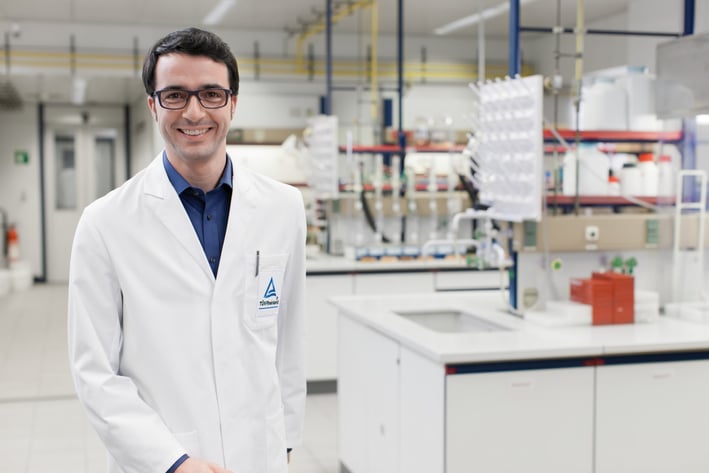Does REACH testing require grinding up my entire product?
No! There is no such thing as grinding up an entire product and analyzing what is in it. Here’s why: You can’t identify which homogeneous material are present. If a product tested ‘hot’ for lead, cadmium or Bromine, you would never know where to find that in your BOM list.

REACH is a little different from RoHS, because we’re looking for greater than or less than 0.1% by weight of the article.
What are the steps?
First we need to define the article: Is it a component that retains a shape, surface or design of its own.? If so, that’s an article.
Next step: Grind it up into a homogeneous material for a REACH sample and go through organics and non-organics to find out if there are any SVHCs above or below 0.1% by weight of the product. This is mostly done with polymers, not with alloys.
With alloys, we perform non-destructive testing for cadmium. If we find cadmium, we have to perform organic testing to find out if it’s one of the cadmium oxides on the SVHC list. It’s a very simple process (usually taking less than 2 weeks), making it easy to stay up-to-date every six months instead of having to go back to your supply chain.
Please visit our website for more information on REACH compliance.
If you are interested to find out more, do drop us a note by leaving us with your contact information here and one of our experts will be speaking to you shortly.



